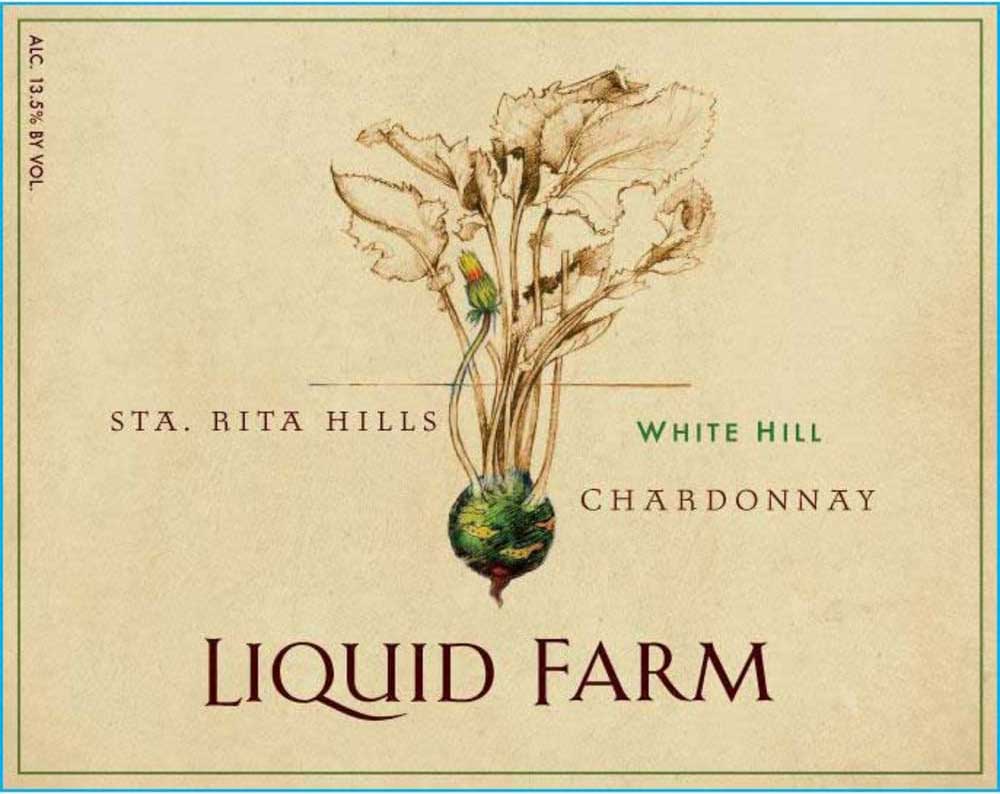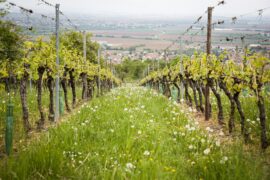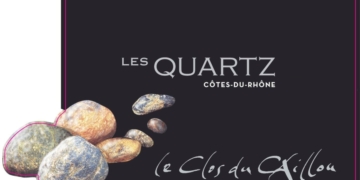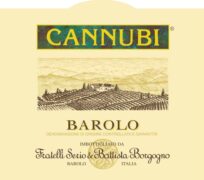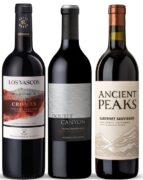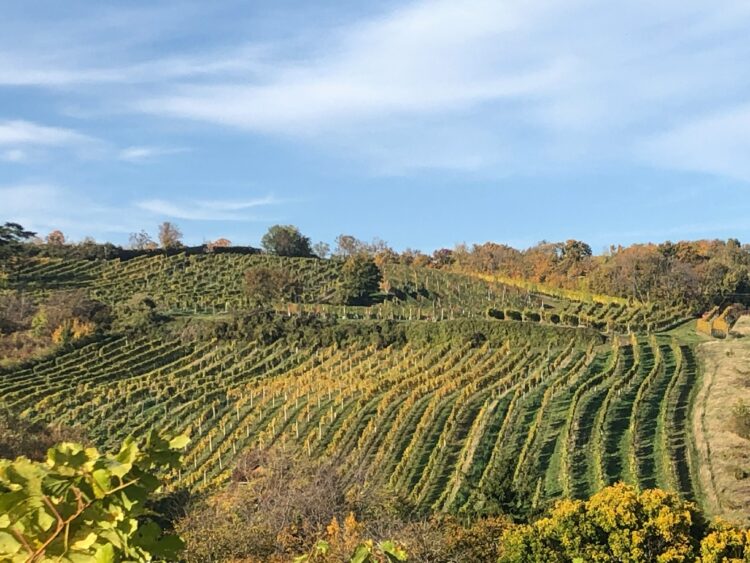Austria’s wine scene is a fascinating blend of deep-rooted tradition and forward-thinking innovation. Known primarily for its crisp white wines and increasingly respected reds, Austria offers a diverse range of styles and flavors that reflect its varied terroirs and climate. The country’s wine history dates back thousands of years, with viticulture playing a significant role in its culture and economy. Today, Austrian winemakers continue to honor these traditions while embracing new techniques and ideas to enhance their craft.
Austria’s wine regions are characterized by their unique climates and soils, which significantly influence the style and quality of the wines produced. The most famous regions include Wachau, Burgenland, and Kamptal. Wachau, with its steep, terraced vineyards along the Danube River, is renowned for producing some of the world’s finest Grüner Veltliner and Riesling. Burgenland, on the other hand, is known for its full-bodied red wines, particularly those made from Zweigelt and Blaufränkisch, as well as its sweet dessert wines like the illustrious Trockenbeerenauslese.
Innovation in Austrian winemaking is evident in the country’s commitment to sustainability and organic viticulture. Many Austrian winemakers have adopted organic and biodynamic practices, focusing on preserving the natural environment and producing wines that truly express their terroir. This approach has led to a rise in high-quality, environmentally friendly wines that appeal to a growing global market of eco-conscious consumers.
Austria’s winemakers are also experimenting with new grape varieties and winemaking techniques. While Grüner Veltliner remains the country’s flagship grape, there is a growing interest in indigenous varieties such as Rotgipfler, Zierfandler, and Roter Veltliner, which offer unique flavors and aromas not found in more commonly known grapes. Additionally, some producers are exploring the use of natural fermentation, extended skin contact, and aging in amphorae to create wines with distinct character and complexity.
The Austrian wine industry is supported by a strong regulatory framework that ensures quality and authenticity. The DAC (Districtus Austriae Controllatus) system, similar to the French AOC, designates specific regions and sets strict guidelines for grape varieties, production methods, and quality standards. This system has helped to elevate the reputation of Austrian wines on the international stage, giving consumers confidence in the quality of the wines they purchase.
Austrian wine’s global reputation has been bolstered by the increasing number of awards and high scores received in international competitions and publications. Wine critics and sommeliers have praised Austrian wines for their precision, balance, and ability to age gracefully. As a result, Austrian wines are now featured on wine lists at top restaurants worldwide and are sought after by collectors and enthusiasts alike.
The Austrian wine industry is a dynamic and exciting landscape where tradition meets innovation. From its historic vineyards to its cutting-edge winemaking techniques, Austria continues to produce wines that captivate the palates of wine lovers around the world. Whether you are new to Austrian wine or a seasoned connoisseur, there is always something new to discover in this ever-evolving wine region.



